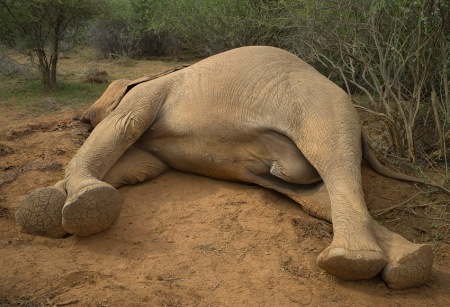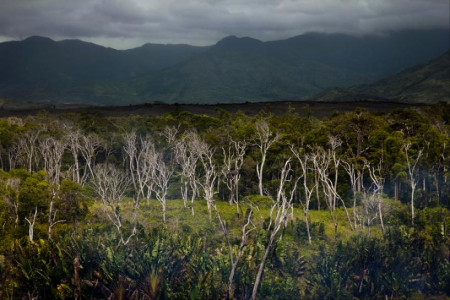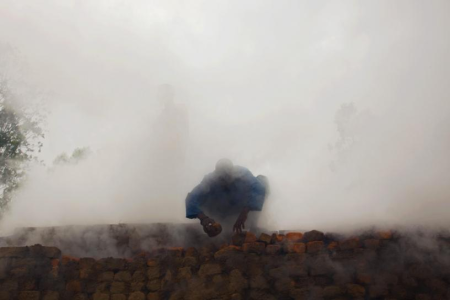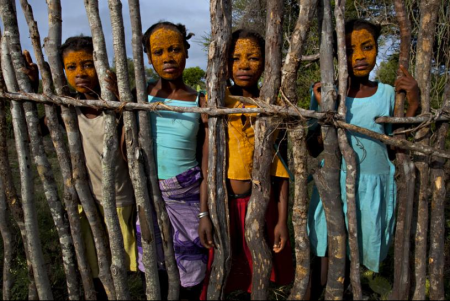This week, The 2010 Prix Pictet’s Commission was unveiled at Diemar/Noble Photography here in London. The gallery hosted the commissioned exhibition last year by Ed Kashi, which you can see here. This year features the body of work by environmental photographer Chris Jordan, documenting his field trip to Northern Kenya, specifically focusing on the horrors of elephant poaching.
CHRIS JORDAN – ARTIST’S STATEMENT
‘This year I was honoured to receive the Prix Pictet Commission, which took me on a thousand-mile behind-the-scenes photo documentary safari in Kenya’s northern rangelands. There I encountered a confederation of NGOs working closely with local indigenous tribes to create a sustainable way of life based on principles of environmental stewardship, wildlife conservation, and peace. Despite enormous adversity and the dubious intrusions of first-world religious, commercial, and educational culture, this quiet mini-revolution—led by a council of tribal elders—is bringing peace and stability to a huge area of Kenya. I found the process heartening, especially considering that it is happening in a resource-poor part of the world that is being ravaged by the effects of global climate change. Throughout our two-week expedition across a stunningly wild landscape, I found myself constantly humbled by the grace, dignity, and spirit of the ancient tribal people I had the privilege of encountering there. I hope my photographs convey a small fragment of the complex and inspiring story of Ushirikiano* that is emerging in this remote part of Africa.
The phenomenon of elephant poaching strikes me as profoundly symbolic. As the largest animal to walk the Earth, the elephant is one of our planet’s most sentient beings, with a brain about four times the size of ours, equal or greater in intelligence to dolphins and higher-order primates. Elephants are one of the few creatures who grieve their dead in community, and this kind of mourning is one of the characteristics that anthropologists use to define the line between early humans and pre-human apes. In my view, our elephant populations—along with the ecosystems they inhabit—should be revered and preserved as sacred planetary treasures. Hopefully these photos can serve as a visual reminder of the trail of destruction we leave, and the damage we do to our own spirits, when we forget our relationship with nature and our connection with the higher purposes of our life and our own human dignity.’
Prix Pictet Commission: Chris Jordan
Ushirikiano
Building a sustainable future in Kenya’s Northern Rangelands
Diemar /Noble Photography 66/67 Wells Street, London W1T 3PY 6 -29 October 2011
[*Ushirikiano: noun (Swahili): partnership, collaboration, or community of shared interest.]
To see more from this body of work, check out Chris’s website gallery here.













